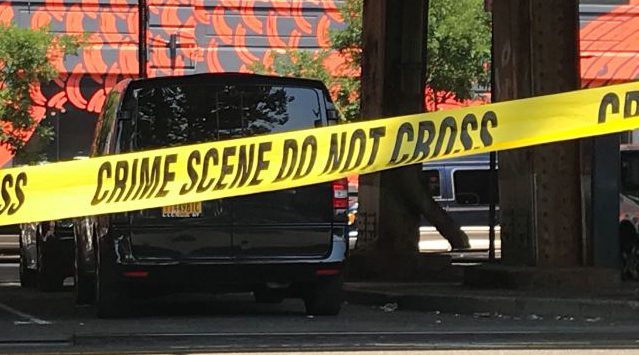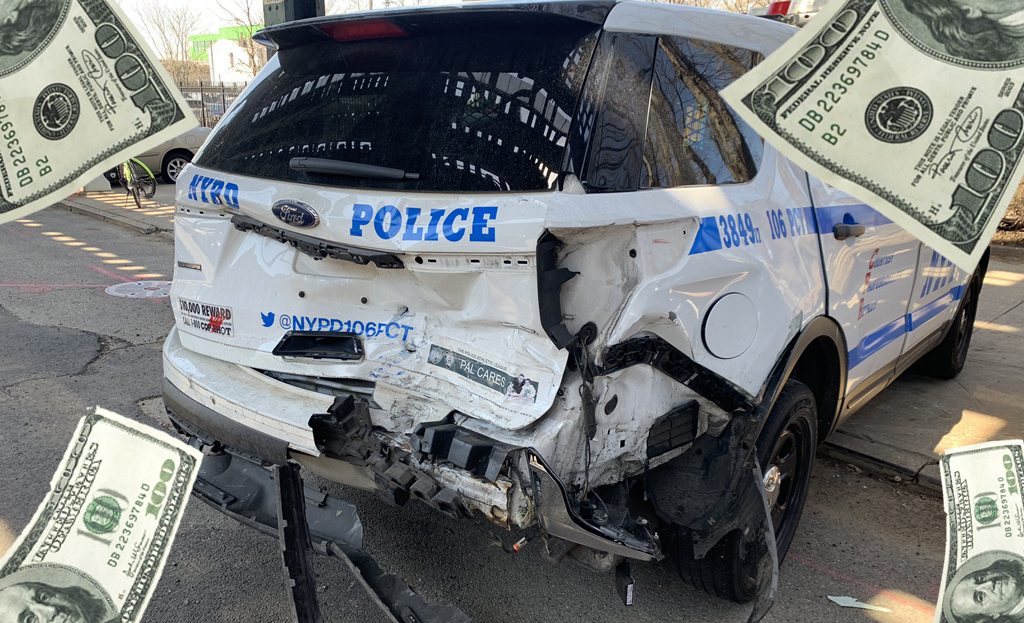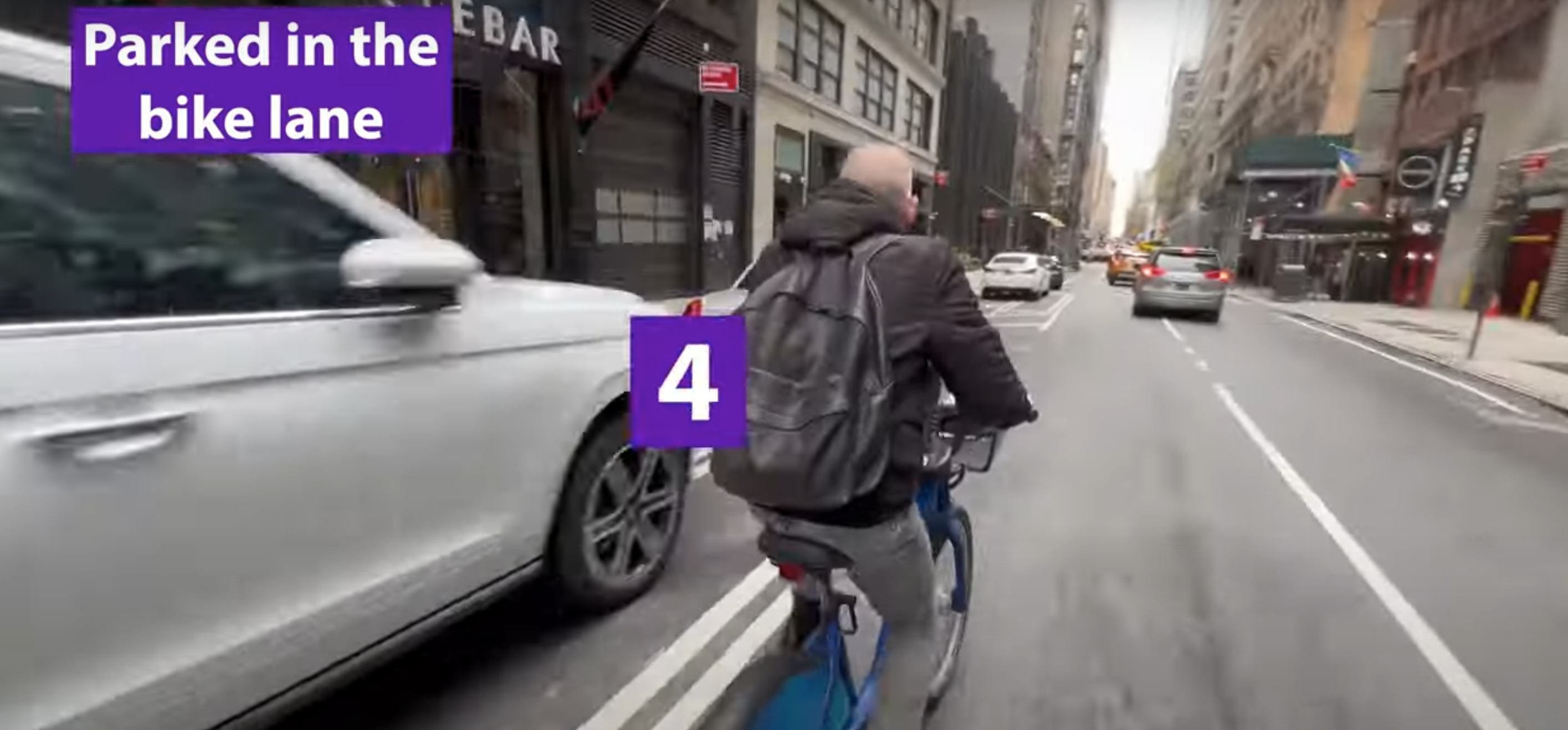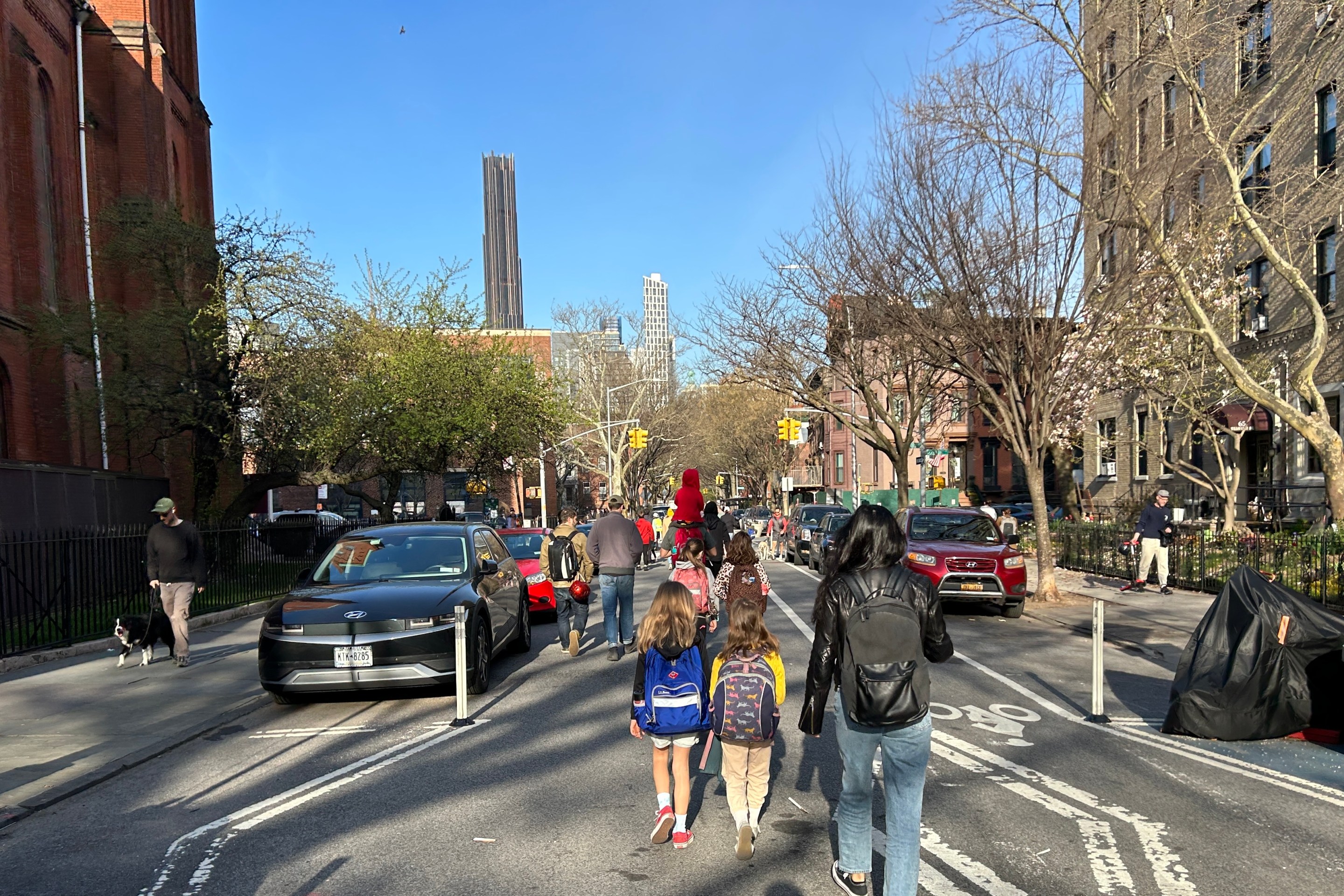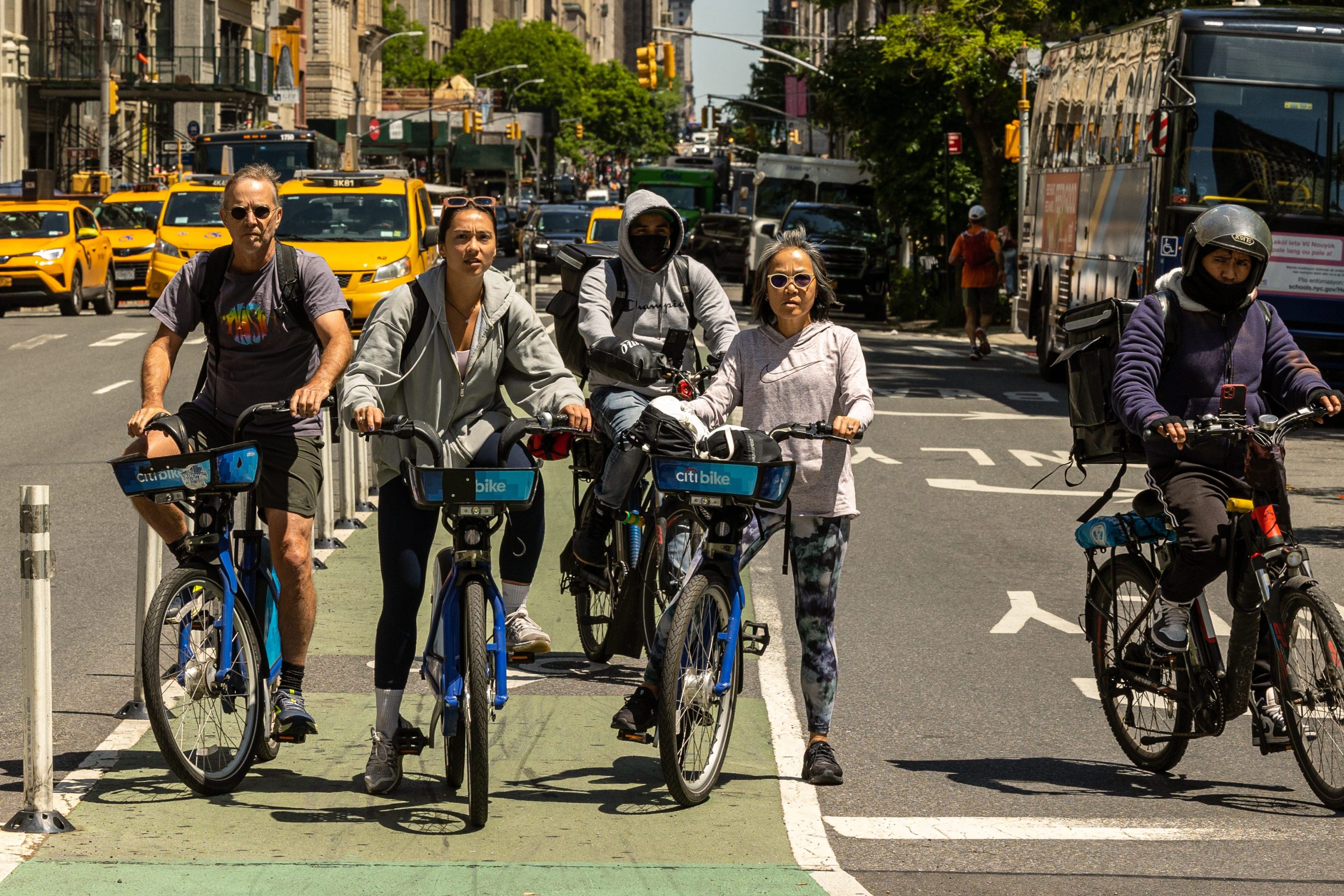When non-transportation-geeks ask me why transportation policy is a topic worthy of more attention on the national stage, I often start by talking about the public health implications. Not only are tens of thousands of Americans killed and injured in car crashes every year, not only are countless thousands of others killed and sickened by air pollution caused by motor vehicles -- on top of that, the link between obesity and automobile dependence is increasingly well-documented. As Elana Schor wrote here a couple of weeks ago, "Transportation reform is health reform."
Now the Centers for Disease Control and Prevention has weighed in with a list of recommendations on fighting obesity in the United States, and 6 of the 24 suggested actions have to do with the creation of "complete streets," one of the major reforms advocates are asking for. Streetsblog Network member Design New Haven does a great job of summing up the CDC position and making the local connection:
In a comprehensive report just released by The Centers for Disease Control and Prevention (CDC), a national team of researchers and policy experts is recommending that communities adopt "Complete Streets" policies in their fight against obesity. The authors cite over 100 recent scientific studies to justify their proposed interventions and suggested measurements.
The critical need to create streets that are safe and accessible for
physical activity for residents of all ages and abilities has become one of the driving forces behind the Complete Streets movement, which has recently taken hold in New Haven and Statewide. Transportation reform in general is also seen by national experts, like the Convergence Partnership and the Living Cities Collaborative, as a cornerstone of more sustainable and equitable neighborhoods.
Despite strong policy recommendations from the Federal Government and many other groups across the country, complete streets cannot be created overnight, because they involve much more than just crosswalks, adequate sidewalks, bike lanes or sharrows painted on the roads. More complex treatments such as traffic circles, pedestrian refuge medians, bollards and curb extensions…which can enhance safety and actually make traffic flow more smoothly, are also needed to encourage walkability.
But most importantly, lower speed limits within compact urban centers like Downtown New Haven -- backed up by well-designed roads that encourage drivers to actually obey those lower speed limits -- are the key intervention needed to create streets suitable for all users. When vehicles travel at speeds above 20 miles per hour, the comfort level of pedestrians and cyclists drops dramatically, and injury risks increase exponentially. This tension was recently seen in New Haven on Whitney Avenue, where despite the requests of hundreds of local residents, the city was unable to even consider shifting road paint applications by a few inches, even though speeds on the neighborhood road regularlyexceed 35 miles per hour.
If the City of New Haven is unable to address the fundamental issue of urban vehicle speeds -- as the UK and many other nations have done through 20MPH residential speed cameras and new design policies, for example -- it will make little progress towards the goal of improving neighborhood residents' health. Educational initiatives like Share the Road CT and Smart Streets are a good start, but are unlikely to shift public perceptions about the inherent safety of walking and cycling.
More highlights from around the network: Transportation for America sums up its Moving Cooler report on strategies for cutting transportation emissions; Kaid Benfield at NRDC Switchboard writes about the perils of school sprawl; and The Beat Bike Blog wonders whether fashionable helmets are a good thing or just pretentious.

